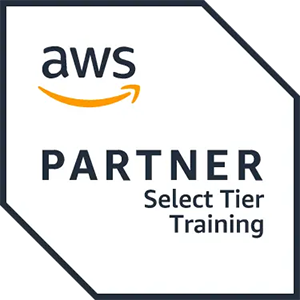This three-day course is designed to provide students with MPLS-based Layer 3 VPN (L3VPN) knowledge and configuration examples. The course includes an overview of MPLS L3VPN concepts, scaling L3VPNs, Internet access, interprovider L3VPNs, and multicast for L3VPNs. This course also covers Junos operating system (OS) specific implementations of Layer 3 VPNs.
The concepts are put into practice with a series of hands-on labs, allowing participants to gain experience configuring and monitoring L3VPNs on Junos OS devices. These hands-on labs utilize the Juniper Networks vMX Series devices using the Junos OS Release 22.1R1.10 and are also applicable to other MX Series devices.
Associated Certification:
JNCIP-SP

 United Kingdom
United Kingdom Germany
Germany Denmark
Denmark Sweden
Sweden Italy
Italy Netherlands
Netherlands Norway
Norway 

















 Kesto
Kesto  Toimitus
Toimitus  Hinta
Hinta